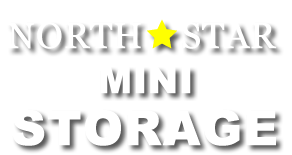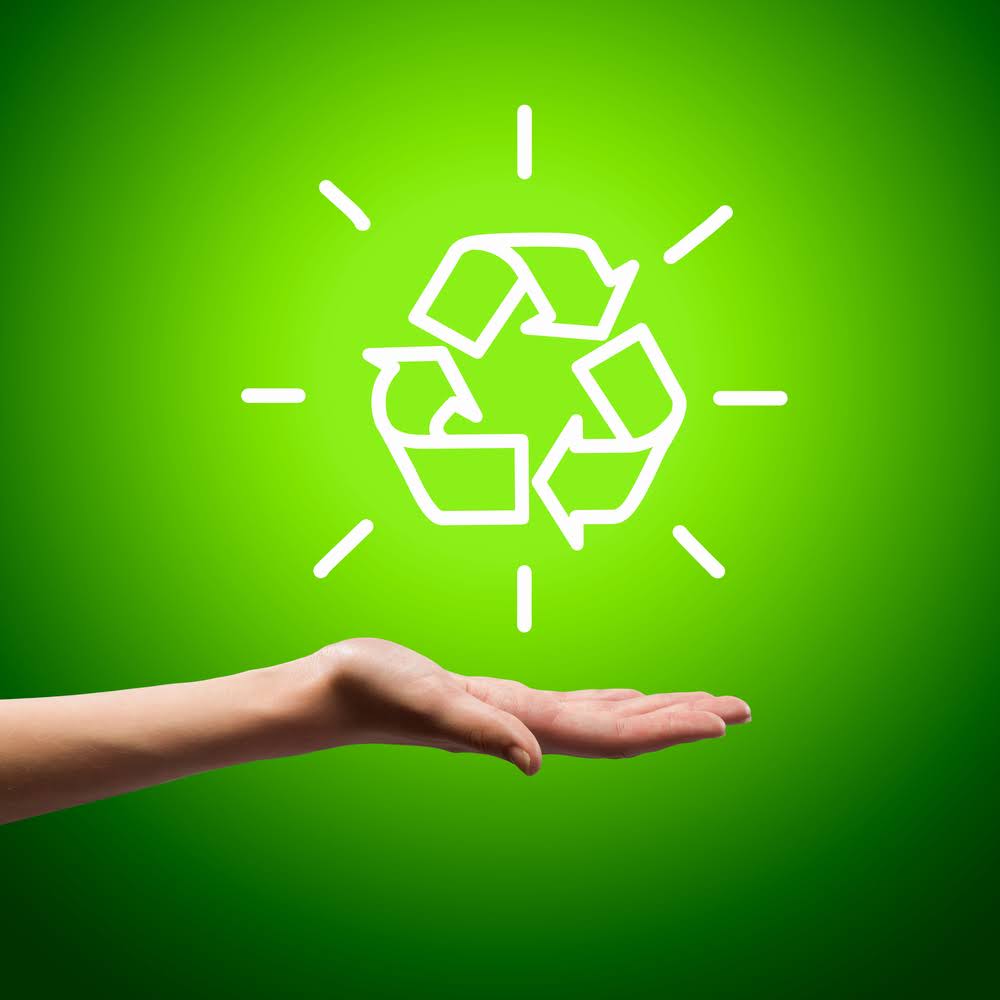Storage, Sustainability, and How to Green Your Life
According to the U.S. Environmental Protection Agency (EPA), Americans generated more than 292 million tons of municipal solid waste in 2018. Whether you believe in a completely green lifestyle or you’re searching for a way to reduce and reuse, take a look at what you need to know about storage and sustainability.
Why Is Storage A Sustainable Option?
The hundreds of millions of tons of municipal solid waste (or MSW) Americans generate each year doesn’t have to end up in the trash. While some items are destined for the garbage can (and landfill), others are salvageable. It’s these items that can go into a self-storage unit and make your rental a sustainable choice.
Not only can self-storage help you save MSW from a landfill, it can also decrease the need for manufacturing-related energy use. Every little bit of energy saved counts. This means that every time a manufacturer creates a new sofa, end table, shirt, pair of pants, or cardboard box, they use energy and other natural resources. Constantly buying new items can put a strain on these resources and work against the environment.
Even though you might not see a way to reuse or upcycle some of your household overflow or older items right now, self-storage provides a place to hold these picks until you can figure out what to do with them next. If this next step includes reusing the item, you’ve saved yourself from buying new. This strategy is an ideal option if you only plan to downsize temporarily or have a hefty haul of seasonal items.
Which Items Should Go Into Storage?
Again, not every piece of MSW is a storage-friendly choice. The crumpled glue-coated papers from your child’s last craft project, shredded socks, food waste, contaminated products (such as used bandages), moldy home goods, and anything that is toxic, combustible, flammable, or potentially hazardous shouldn’t go into a storage unit. These picks either need to go into the trash or you need to follow your community’s municipal hazardous waste disposal guidelines.
While every potential piece of MSW can’t (and shouldn’t) go into a rental unit, some would-be discards could. These include safe items that you might use again, could upcycle, or plan to recycle in the near future, such as:
- Furniture. If you’ve recently downsized or redecorated, you could have extra furniture. Instead of throwing out usable pieces, store them for future use. You can also use a storage unit to hold pieces you may want to sell, recycle, or reupholster later on.
- Clothing. Soiled, torn, or damaged clothing isn’t salvageable. But you can hand down or upcycle older pieces that are still in good condition. Use a storage rental to hold children’s clothes or items that you might cut apart to use as fabric.
- Toys. Plastics make up 12.2 percent of MSW, according to the EPA. Instead of adding to this number with potentially reusable cars, trucks, dolls, dinos, and other toys, store your child’s older playthings and hand them down or reuse them in the future.
- Cardboard boxes. The EPA’s statistics show that more than 23 percent of MSW comes from paper and paperboard. Reuse the cardboard boxes from old appliances or electronics as storage containers.
- Books. Like boxes, books make up part of the paper and paperboard MSW number. If you don’t have the space for an extensive home library, store the books until you can use them again, sell them, or upcycle them into creative arts and crafts projects.
- Items to upcycle into crafts. Craft projects provide the perfect way to upcycle items such as scrap paper, scrap fabric, glass jars, plastic containers, and other similar household items. Instead of cluttering your home, store these artsy picks in a rental unit.
- Anything you want to donate. Does your child’s school have an annual donation drive? Is the nearest donation center too far for you to drive to regularly? Instead of throwing away items you might otherwise donate, store them in a rental for the time being.
If you will give away or donate some of these items to upcycle, choose a storage organization strategy that makes it easy to find each piece. Label boxes, bins, and bags clearly and place your “to donate” or “to hand down” containers at the front of your storage unit.
How Can You Make Your Storage Unit More Sustainable?
To increase the eco-friendliness of your self-storage unit, choose recycled packing materials, upcycle older items (such as linens and towels) into DIY packing materials, and use biodegradable options. Along with how you pack and what you use to pack, think of ways to green the unit itself. If possible, ask the storage facility about using LED light bulbs in your unit.
Do you want to learn more about your self-storage options? Contact North Star Mini Storage for more information.



